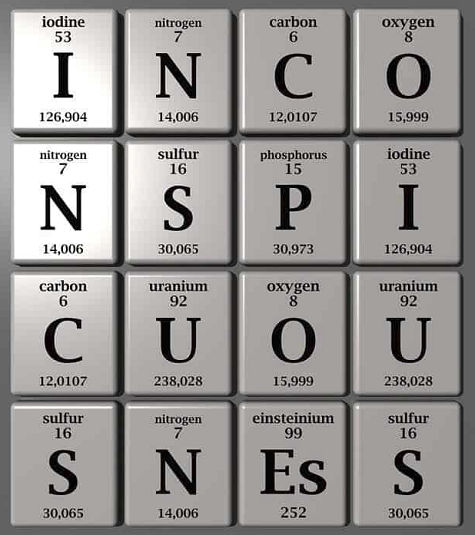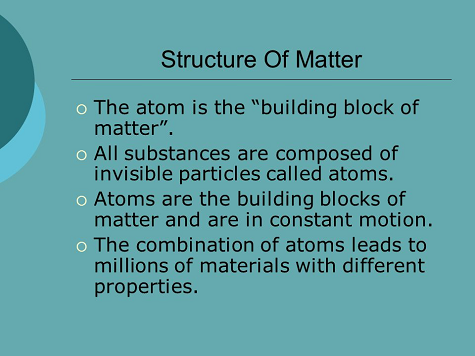Unit 4: Structure of Matter
Unit 4: Structure of Matter

Unit 4: Structure of Matter
Unit 4: Structure of Matter
This unit explains the differences among elements, compounds, and mixtures. Students will learn the properties of these substances.
Student Goals
- Define the terms elements, compounds, and mixtures.
- Demonstrate, through laboratory activities, the differences between compounds and mixtures.
- Recognize common elements by their symbols.
Unit Focus
- Know the difference between an element, a molecule, and a compound.
Atomic Number

The atomic number is a fundamental concept in chemistry and physics that is associated with the structure of atoms. It is a unique identifier for each element and plays a crucial role in understanding the arrangement of electrons in an atom. Here's a breakdown of the atomic number:
Definition:
- Atomic Number (Z): The atomic number of an atom is the number of protons in its nucleus. It is a fundamental property that distinguishes one element from another.
Key Points:
Unique Identification:
- Each element on the periodic table is uniquely identified by its atomic number. For example, hydrogen has an atomic number of 1, helium has an atomic number of 2, and so on.
Protons and Electrons:
- In a neutral atom, the number of protons (positively charged particles) is equal to the number of electrons (negatively charged particles). Therefore, the atomic number also represents the number of electrons in a neutral atom.
Periodic Table:
- The periodic table is organized based on the increasing atomic number of elements. Elements in the same column (group) share similar chemical properties.
Determining Element Identity:
- Changing the number of protons changes the identity of the element. For example, an atom with one proton is hydrogen, while an atom with two protons is helium.
Whole Numbers:
- Atomic numbers are whole numbers because they represent discrete quantities of protons in an atom.
Example:
- Carbon (C):
- Atomic Number = 6
- This means a neutral carbon atom has 6 protons and 6 electrons.
Importance in Chemistry:
- The atomic number is a fundamental parameter used in balancing chemical equations, predicting the chemical behavior of elements, and understanding the structure of atoms within molecules.
Relation to Mass Number:
- The mass number (A) of an atom is the sum of its protons and neutrons. While the mass number can vary for different isotopes of an element, the atomic number remains constant.
In summary, the atomic number is a unique identifier for each element, representing the number of protons in the nucleus of an atom. It is a fundamental concept in chemistry that helps organize elements on the periodic table and is crucial for understanding the properties and behavior of atoms.
Vocabulary
Lesson Reading
Videos and Interactives (Click on Images to View Content)

